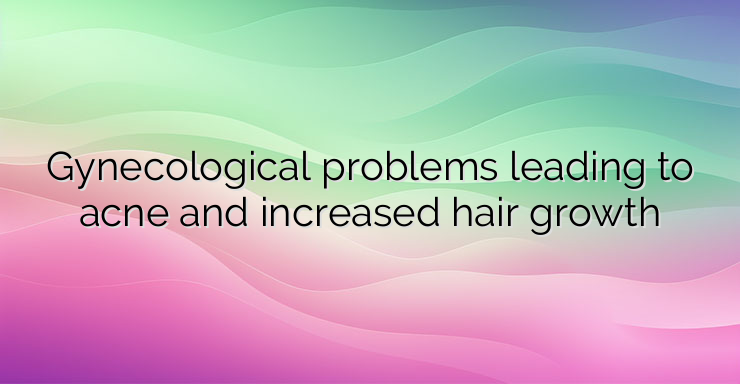Acne is a chronic inflammation of the sebaceous glands and one of the most common dermatological problems both among adolescent boys and girls and in adulthood. Depending on the period of appearance, several types of acne are distinguished: acne neonatum (in newborns), acne juvenilis (in young children), acne vulgaris (among adolescents) and acne tarda (in patients over 25 years of age). Characteristic sites of distribution are the skin of the face, chest, shoulders and upper back. The cause of acne is complex and combines factors such as hereditary predisposition, stress, hormonal imbalance, smoking, irrational diet, etc. Despite the multitude of etiological factors, the main pathophysiological mechanism of acne formation consists of enlargement of sebaceous glands in the dermis, increase in sebum production and clogging of pores, stimulation of sebocyte proliferation and increased synthesis of lipids. Conditions are created for the superimposition of a bacterial infection, which further complicates the condition. In women of reproductive age, acne is most often a manifestation of hormonal imbalance as a result of a gynecological problem. Which hormones affect the appearance of acne? Androgens play a major role in acne – testosterone, androstenedione, dehydroepiandrosterone (DHEA), dehydroepiandrosterone sulfate. Increased levels of androgens affect the pilo-sebaceous unit and lead to symptoms such as increased hair growth (hirsutism), acne, menstrual cycle problems, etc. In addition to androgens, hormones such as estrogens, growth hormone, insulin and insulin-like growth factor 1 (IGF-1), the stress hormone cortisol and corticotropin-releasing hormone (CRH) are also important for the occurrence of acne. Sebaceous glands have receptors for the binding of these hormones, through which they generally exert their influence on the pilo-sebaceous unit. What are the most common gynecological problems leading to severe acne and excessive hair growth? 1. First of all – polycystic ovary syndrome (PCOS). It is characterized by a metabolic syndrome characterized by insulin resistance, dyslipidemia, increased body mass index (BMI), increased production of androgens (hyperandrogenemia) leading to acne, alopecia, hirsutism, ovarian dysfunction and infertility. In order to be diagnosed with polycystic ovary syndrome, at least two of three main symptoms must be present – hyperandrogenemia, polycystic ovary syndrome, and chronic anovulation. In patients with PCOS, there is an increased production of gonadotropin-releasing hormone (GnRH) from the hypothalamus, which stimulates the production of luteinizing hormone (LH) and follicle-stimulating hormone (FSH), with LH production being higher and leading to increased LH:FSH ratio. The increased amount of luteinizing hormone causes increased production of androstenedione, which is the cause of acne and hirsutism. 2. Androgen-producing ovarian tumors – a small part of ovarian tumors,producing mainly testosterone and androstenedione. The most common is the Sertoli-Leydig ovarian tumor, which first manifests itself with virilization and defeminization. Other symptoms are disturbances in the menstrual cycle, acne, hirsutism, very high testosterone levels, etc. 3. Hyperandrogenism – insulin resistant – acanthosis nigricans syndrome (HAIR-AN syndrome) – a subtype of polycystic ovary syndrome that is characterized by acne, increased hair growth, insulin resistance and abnormally dark skin coloration (acanthosis nigricans). FSH and LH levels are normal, but the LH:FSH ratio is elevated. 4. Ovarian hyperthecosis – characterized by proliferation of theca cells in the ovarian stroma and occurs mainly in the postmenopausal period. It presents with hyperandrogenemia and insulin resistance leading to acne, virilization, increased risk of type 2 diabetes mellitus, and cardiovascular events. 5. SAHA – syndrome (seborrhea-acne-hirsutism-alopecia – syndrome) – four subtypes are distinguished, among which is the ovarian one. It occurs with increased production of androgens in the ovaries and adrenal glands due to impaired peripheral metabolism. Acne and excessive hair growth are a common and unpleasant problem among women, which can be due to a serious gynecological condition. In addition to self-esteem, persistent acne and hirsutism can affect a woman’s reproductive function and lead to much more serious health problems and complications.


Leave a Reply